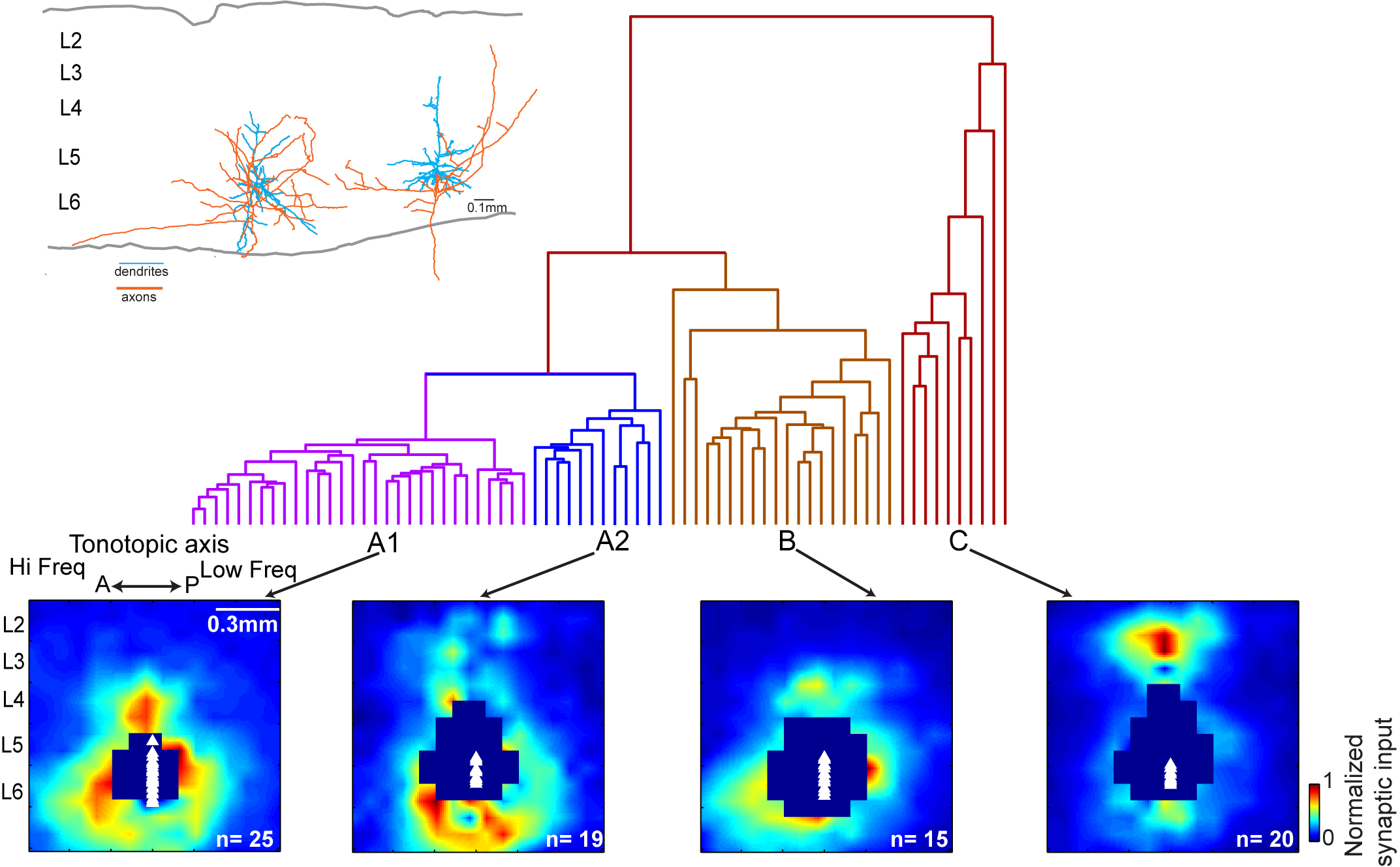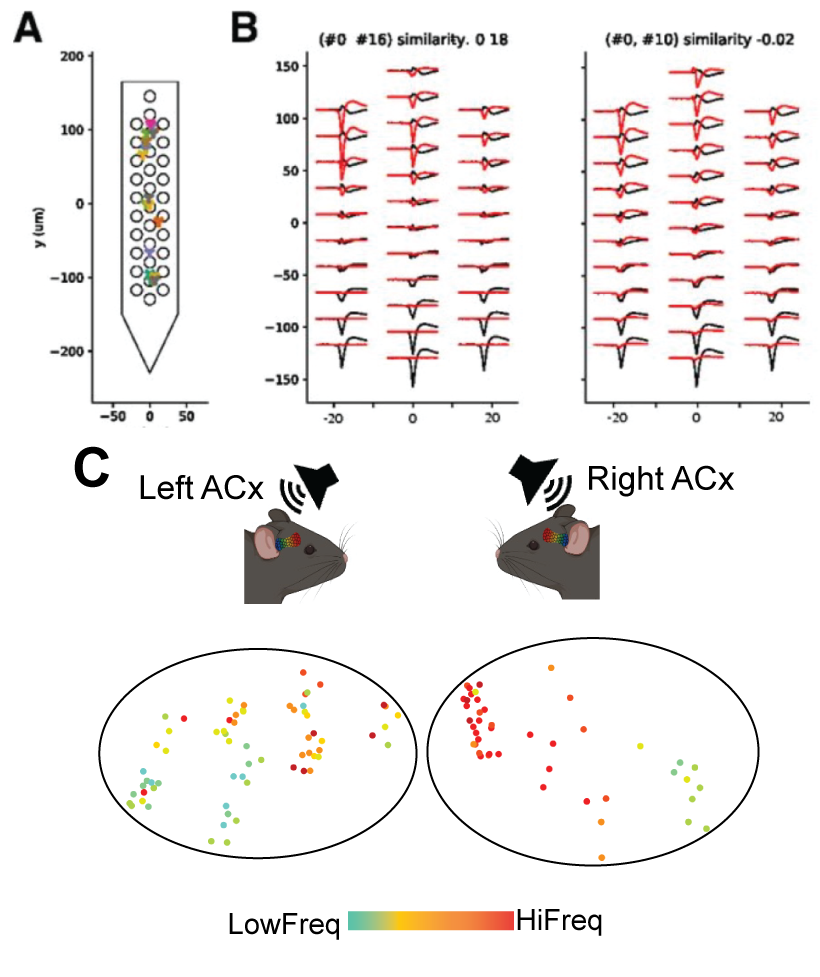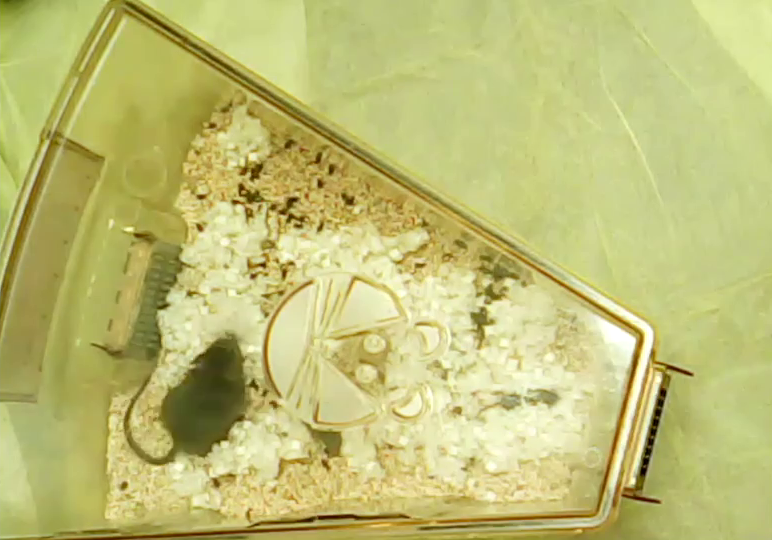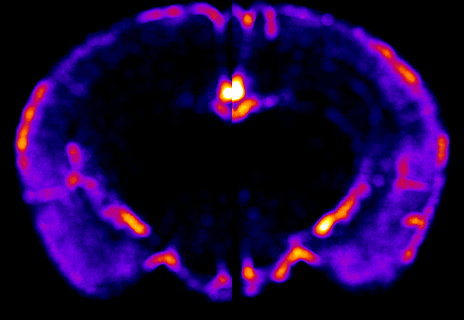Transcriptomics
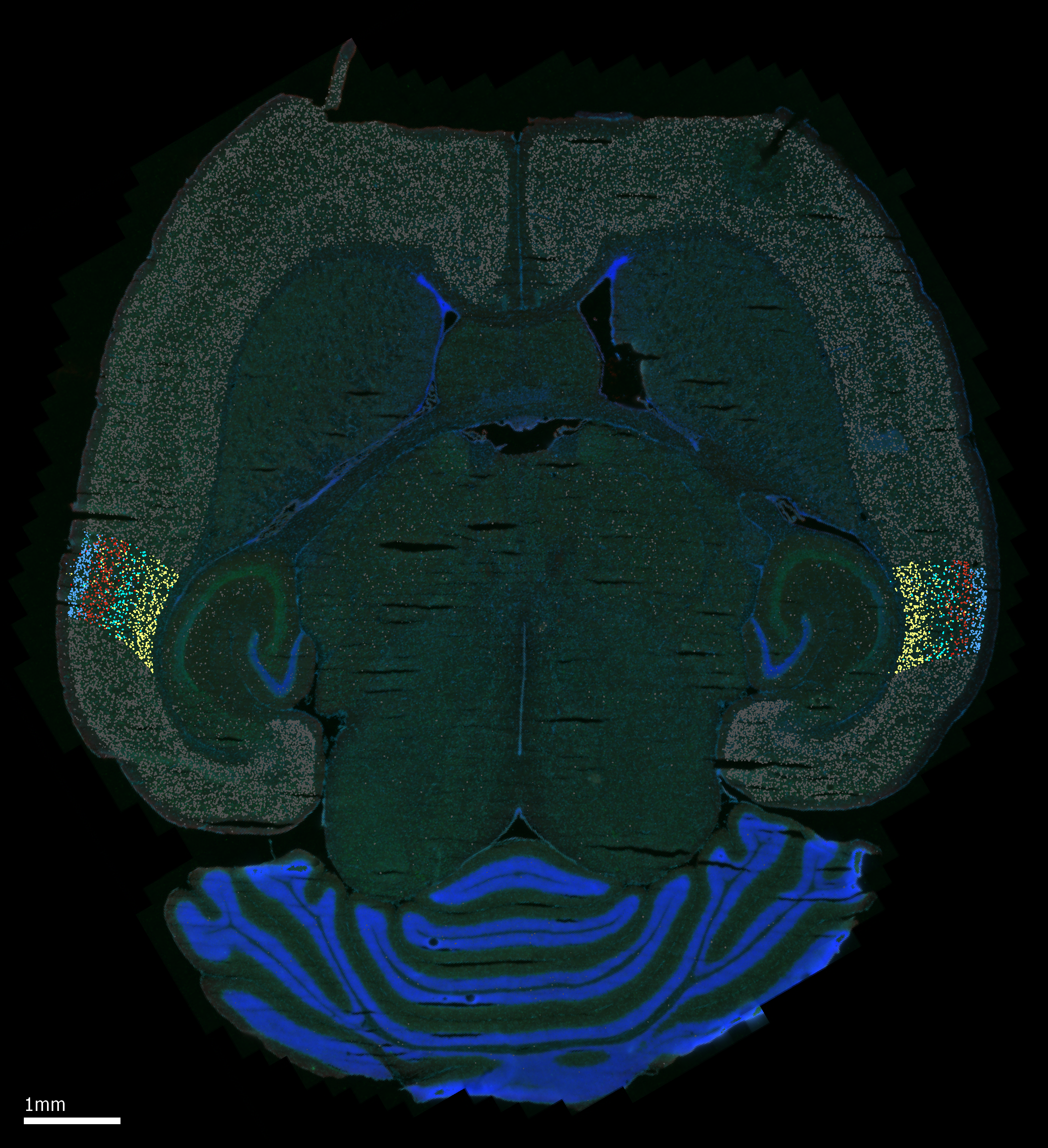
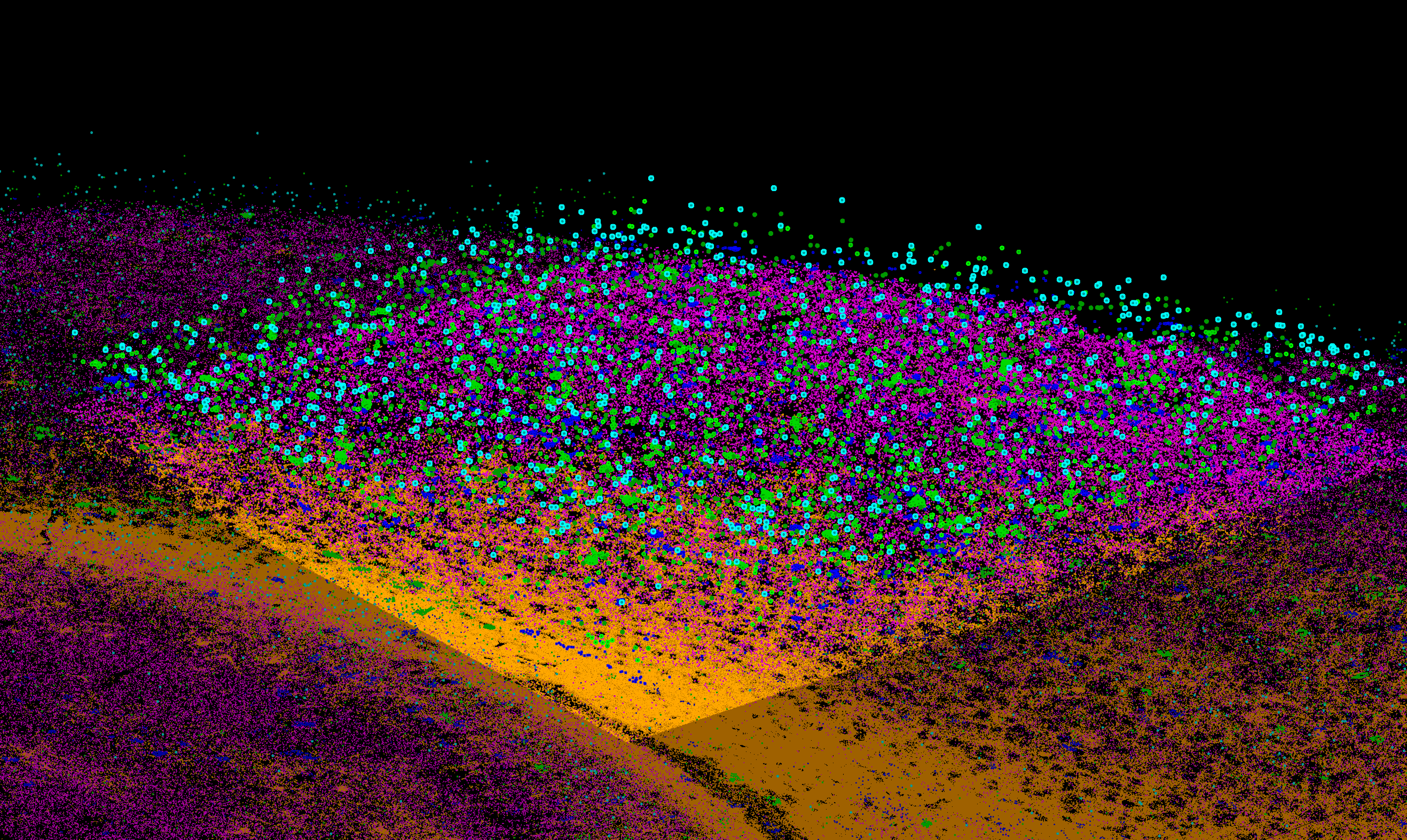

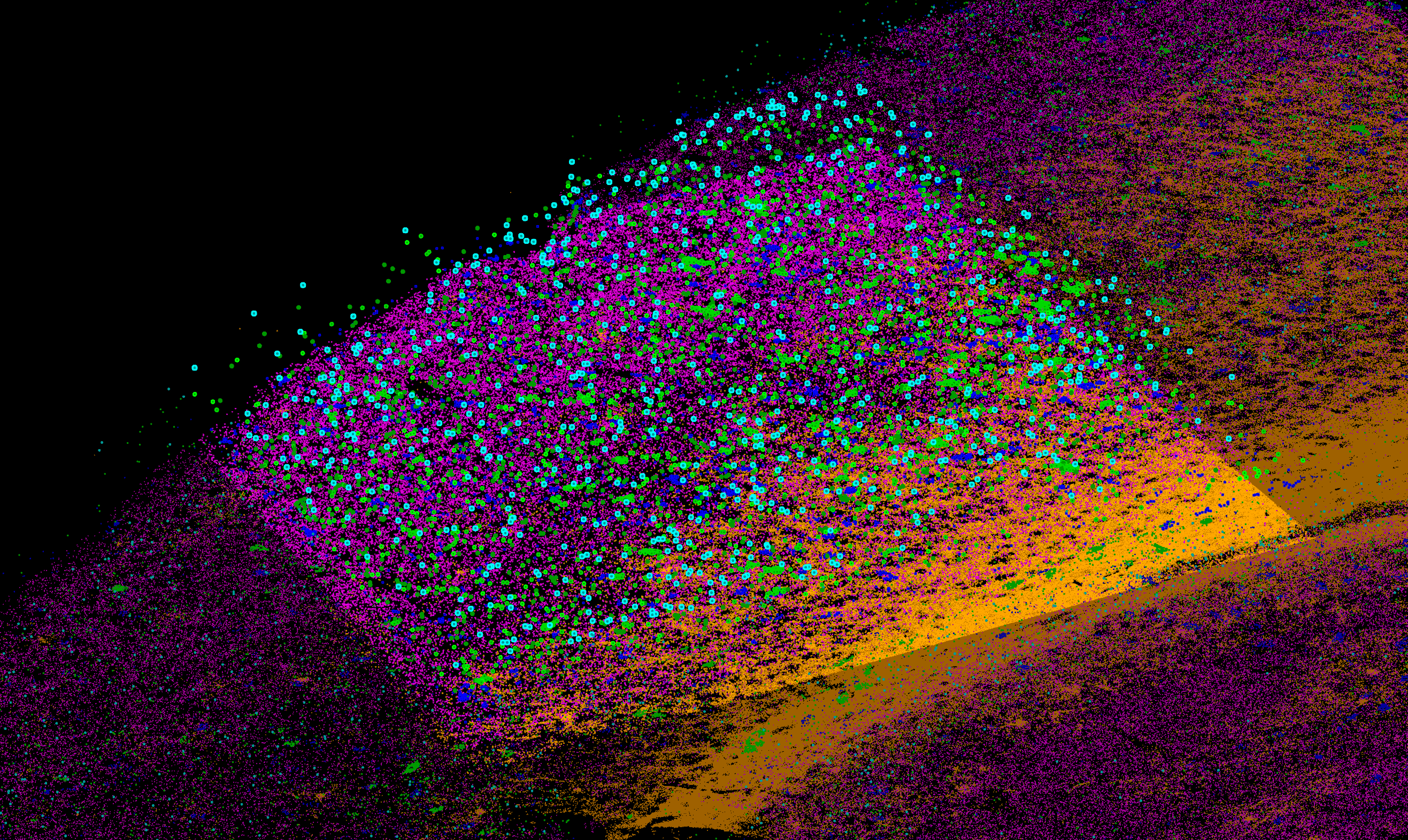
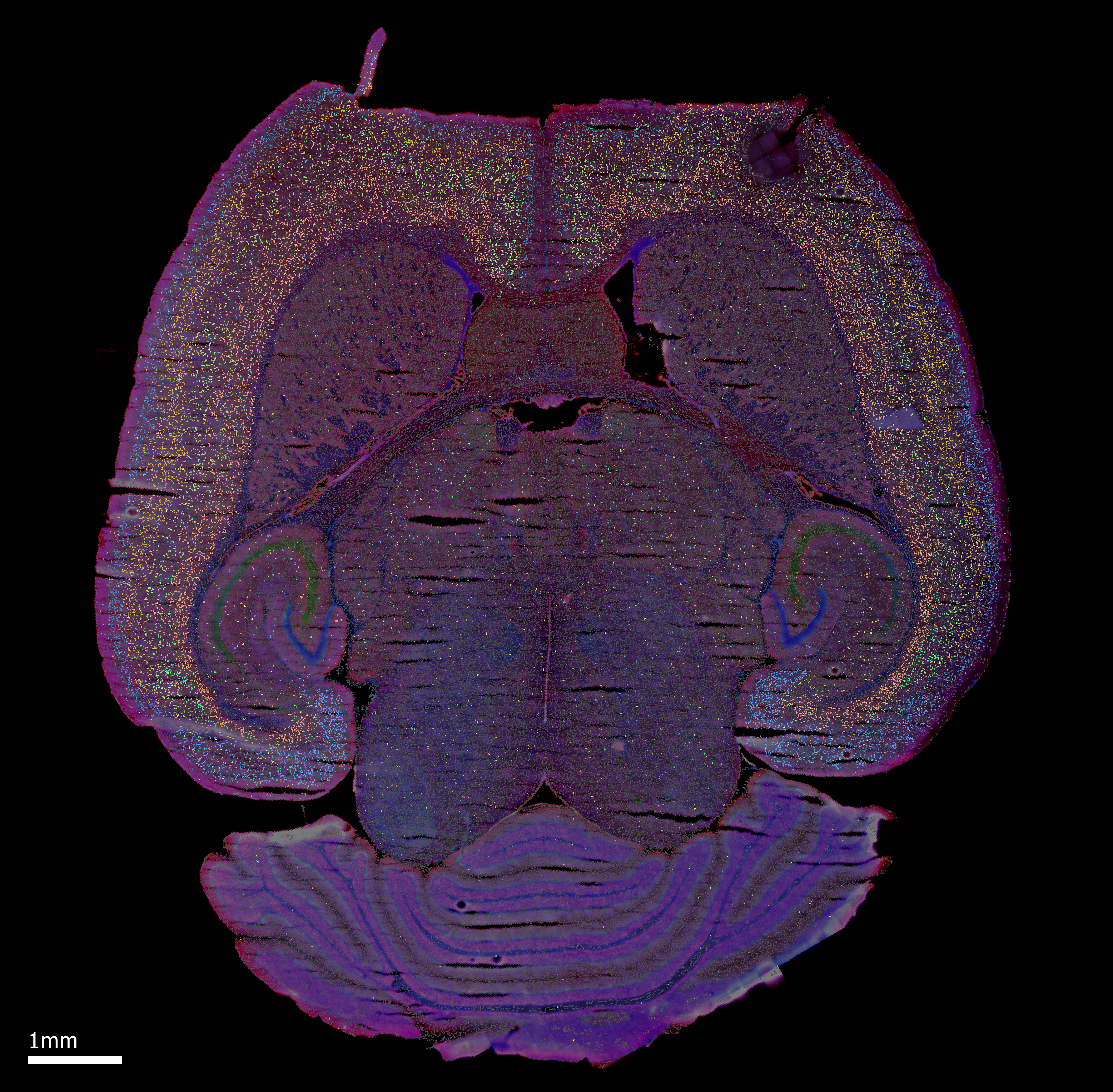
Transcriptomics
The mechanisms by which the auditory cortices develop unique sound processing capabilities remain unknown. Recent research conducted in our lab has indicated notable variations in the maturation trajectory of the auditory cortices. To gain insights into the molecular pathways responsible for these differences, we investigate changes in gene expression between the auditory cortices using spatial transcriptomics.
